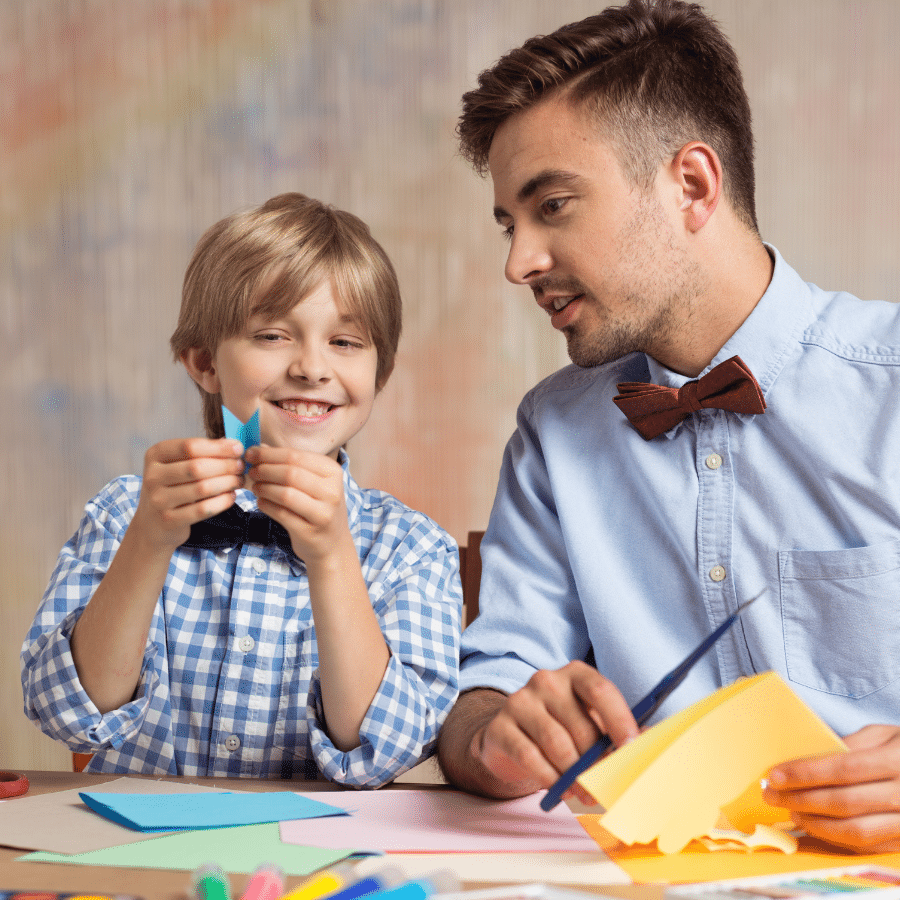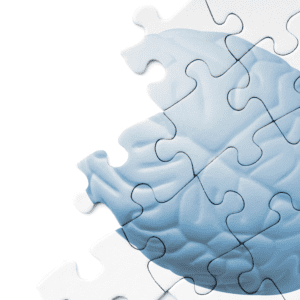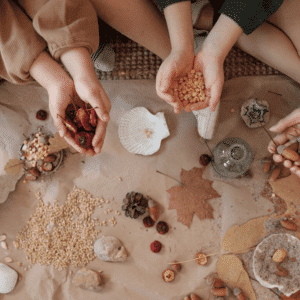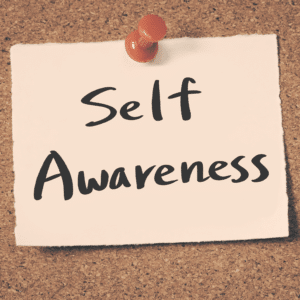Introduction
Creativity is a skill that people often talk about, but it’s hard to define. Many people think of creativity as something that only artists can have, but the truth is that we all possess at least some level of creative ability—all you need is the right environment and encouragement. Creativity is a vital component for learning and education, but it can sometimes be difficult to identify and promote it in your children or students. In this article, we’ll explore what creativity means for learners and teachers, from defining the term itself to identifying how it impacts learning outcomes.
Qu'est-ce que la créativité?
Creativity is a process and a mindset, not a skill or talent. We all have the ability to be creative, but it takes work and practice to develop our creativity. Creativity involves taking risks and making mistakes; it’s often a combination of many different skills (for example: art, writing or math). There is no one definition of creativity because there are many ways that we can express ourselves creatively!
Creativity can be applied in any field including education – both in learning environments as well as teaching methods themselves; business – developing new products/services; science – conducting research projects etc…
Why is creativity important?
Creativity is important for learning because it helps you to think about things in a new way. It encourages you to look at problems from different perspectives, which can help you find solutions that are more creative and innovative.
Creativity is also important for problem solving as it allows people to come up with new ideas and solutions when faced with difficulties or challenges. For example, if someone is stuck trying to solve a puzzle or work out an equation in maths class then their teacher might ask them: “How could we do this differently?” This encourages them not only think about different ways of doing things but also come up with new ideas altogether!
How does the brain handle creativity?
The brain is a complex organ, made up of billions of neurons that communicate with each other through electrical signals. The brain constantly learns and changes. It can be trained to be more creative, or less so–and this has implications for learning in school environments.
The first step towards understanding how creativity works in the brain is understanding how neurons work together as a network (or “circuit”). Neurons are cells that process information through electrical signals; these signals travel along axons (the part of the neuron that conducts electricity) until they reach dendrites (the part where incoming signals are received). When enough signals reach a certain threshold level within a given time period, they trigger an action potential: an electrical impulse that travels down into synapses where neurotransmitters transmit messages across gaps between cells called synaptic clefts before ending at another dendrite or soma (cell body).
The benefits of education for creativity.
Creativity is an important part of learning and education. Creativity allows us to solve problems, learn new skills, innovate and communicate effectively. It also helps us collaborate with others.
Creativity can be defined as the ability or process of producing something new, which has value for the person who created it or others (OECD, 2016).
Creative open-mindedness.
Creative open-mindedness is essential to learning. It is not the same thing as intelligence or education, but it’s a crucial component of both.
Creative open-mindedness means having an ability to be flexible with your thinking–the willingness to consider new ideas and approaches even when they may seem strange or unusual at first glance. It also involves being willing to learn from others who have different perspectives than yours, which is why creative open-mindedness can be so important in our globalized world today: if we want students who are prepared for life after school (and beyond), then having this skill set will help them succeed in whatever field they choose!
The role of curiosity in creativity.
Curiosity is the desire to learn more about something. It’s a natural part of the learning process, and it can lead to new ideas and solutions.
Curiosity can be a source of motivation for students as well as teachers: when people are curious about something, they want to find out more about it. This desire may encourage them to work harder on their projects or studies so that they can answer their questions satisfactorily (or at least get closer).
Creativity is vital for learning, but it can sometimes be difficult to identify and promote it.
Creativity is an essential part of learning, but it’s not always easy to identify and promote. Creativity is a complex phenomenon that involves many different skills, abilities and dispositions. It’s also influenced by factors such as age and personality type.
That said, there are some things we can do to help foster creativity in our classrooms and schools:
- Encourage children to take risks during their learning process; this will help them experiment with new ideas without fear of failure or embarrassment
- Build on existing knowledge rather than starting from scratch
- Provide an opportunity for students to share their work with others
Pour aller plus loin
Creativity is a vital skill for learning and education. It can be difficult to identify and promote, but there are many ways that we can encourage creativity in our students. Creativity involves open-mindedness, curiosity, willingness to experiment with new ideas and methods and a willingness to take risks when necessary. We hope this article has given you some ideas about how you might encourage more creative thinking in your classroom or institution!









